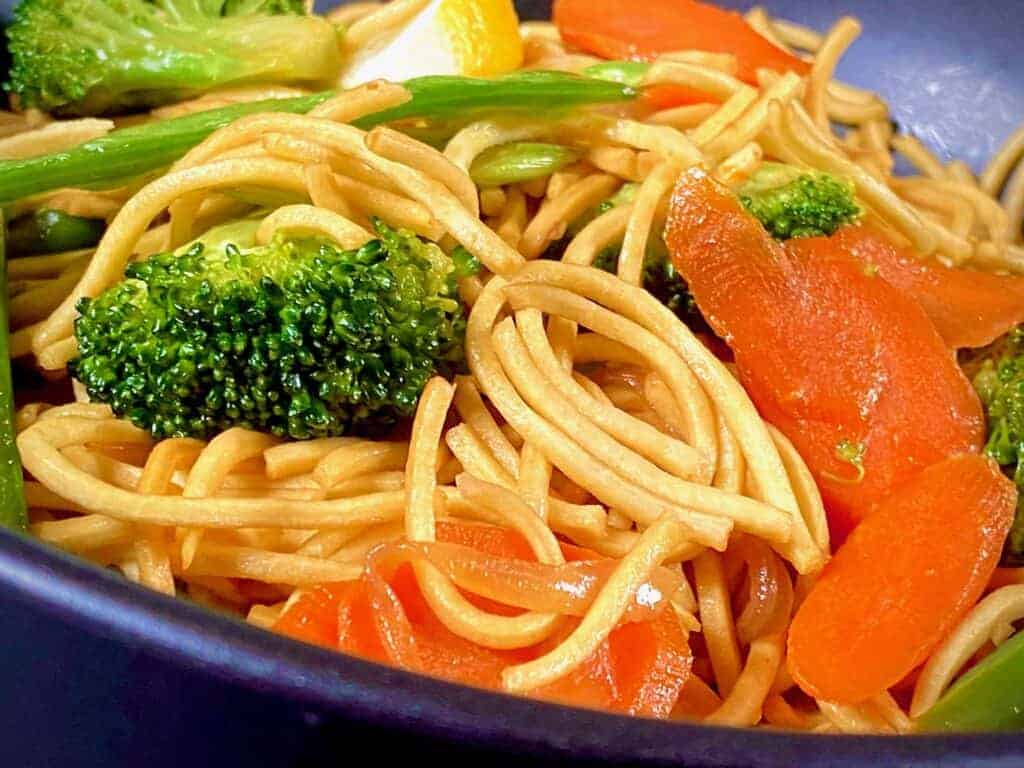Genuine Filipino Food Recipes to Try at Home
Exploring genuine Filipino food dishes offers an opportunity to appreciate the intricate flavors and social significance behind each dish. From the well-loved Adobo, with its mouthwatering marinade, to the tangy Sinigang that symbolizes the significance of Filipino comfort, these recipes welcome a deeper understanding of typical cooking methods. Utilizing fresh, neighborhood active ingredients is crucial, as is welcoming public eating-- a hallmark of Filipino culture. As we take into consideration the necessary aspects and techniques that define these cooking prizes, one may question what certain dishes can absolutely catch the heart of this vivid cuisine.
Popular Filipino Dishes
Filipino food flaunts a rich tapestry of tastes and traditions, with over a loads legendary meals that highlight the country's varied social impacts. Among the most well-known dishes is Adobo, a full-flavored stew usually made with poultry or pork, marinaded in vinegar, soy sauce, garlic, and flavors. Its tangy taste account makes it a staple in Filipino homes.
One more beloved recipe is Sinigang, a sour soup usually made with tamarind, tomatoes, and numerous vegetables. This meal can feature pork, shrimp, or fish, and its revitalizing preference is ideal for cozy environments. For those with a craving for sweets, Leche Flan-- a luscious sugar custard-- offers as a preferred treat, showcasing the Filipino propensity for rich, wonderful flavors.
Kare-Kare, a passionate oxtail stew with a thick peanut sauce, along with the renowned lumpia, or spring rolls, even more exhibit the range located in Filipino food. Each dish not only offers special tastes yet also narrates of regional ingredients and historic influences, making Filipino food a vivid reflection of its society and heritage.
Vital Ingredients for Filipino Cooking
The significance of Filipino food preparation lies in its vital components, which function as the foundation for the country's beloved meals. A variety of flavors and structures collaborated, showcasing the diverse cultural influences that form Filipino cuisine.
Secret ingredients include rice, the staple that goes along with nearly every meal, representing nutrition and neighborhood. Soy sauce, vinegar, and fish sauce (patis) are critical for spices, imparting umami and depth to meals. Fresh natural herbs like cilantro and basil add aromatic freshness, while garlic, onion, and ginger give a durable taste base.
Protein resources such as pork, chicken, and seafood are central to several recipes, commonly marinated to improve taste. Veggies like eggplant, bitter melon, and eco-friendly beans contribute vital nutrients and balance - Filipino food recipes. Coconut milk is another significant ingredient, lending creaminess and a refined sweetness to various stews and treats
Lastly, calamansi, a citrus fruit, provides a rejuvenating flavor that raises dishes and drinks alike. Together, these active ingredients develop the lively and rich tapestry of tastes that specify Filipino cuisine, making it both comforting and distinctive. Understanding these basics is vital for anyone looking to replicate authentic Filipino dishes at home.
Step-by-Step Recipe Overview

Start by preparing your components. For Adobo, chop the meat into consistent pieces and marinade it in soy sauce, vinegar, garlic, and bay leaves for at the very least half an hour. Next off, warm oil in a frying pan and sauté the garlic and onions till aromatic, after that include the marinaded meat, permitting it to brownish evenly.
For Sinigang, start by boiling water in a pot and adding your option of meat. As soon as tender, incorporate tamarind paste or fresh tamarind for that signature sour flavor. Follow with veggies like radish and kangkong, food preparation until simply tender.

Tips for Authentic Taste
Typically, accomplishing genuine flavor in Filipino meals pivots on the cautious selection and treatment of active ingredients. Begin with fresh, top notch fruit and vegetables, as the vibrancy of vegetables and natural herbs significantly enhances the dish's general preference. Staples like garlic, onions, and ginger create the fragrant foundation for many recipes; utilizing them in correct proportions is important.
Picking the right protein is similarly important. As an example, standard adobo commonly employs poultry or pork, seasoned to soak up the marinade's complete flavor. In addition, think about sourcing in your area created or regional ingredients, as they can give authenticity that store-bought choices do not have.
Cooking techniques additionally play a vital function. Slow-cooking techniques, such as braising or stewing, permit flavors to combine magnificently, while frying can add a rewarding texture. Don't neglect seasoning; utilizing salt, fish sauce, or soy sauce at the appropriate moments can elevate a recipe considerably.
Offering and Taking Pleasure In Filipino Food
Culinary experiences are enriched when Filipino food is served with attention to tradition and area. The method of sharing meals is central to Filipino society, symbolizing unity and friendliness. When offering Filipino recipes, take into consideration making use of standard serveware, such as clay pots or bamboo baskets, which enhance the authenticity of the experience.
Typically, Filipino dishes are enjoyed family-style, with a range of recipes put at the center of the table. This public method encourages communication and permits guests to example various tastes. A well-curated spread could include staples like adobo, sinigang, This Site and lumpia, complemented by rice, which is a basic part of every meal.
Accompanying the food with typical spices, such as soy sauce, vinegar, or chili paste, can raise the eating experience, welcoming diners to customize their plates to their preferences. Furthermore, including regional beverages, like calamansi juice or tuba, can enhance the overall flavor profile.
Verdict
